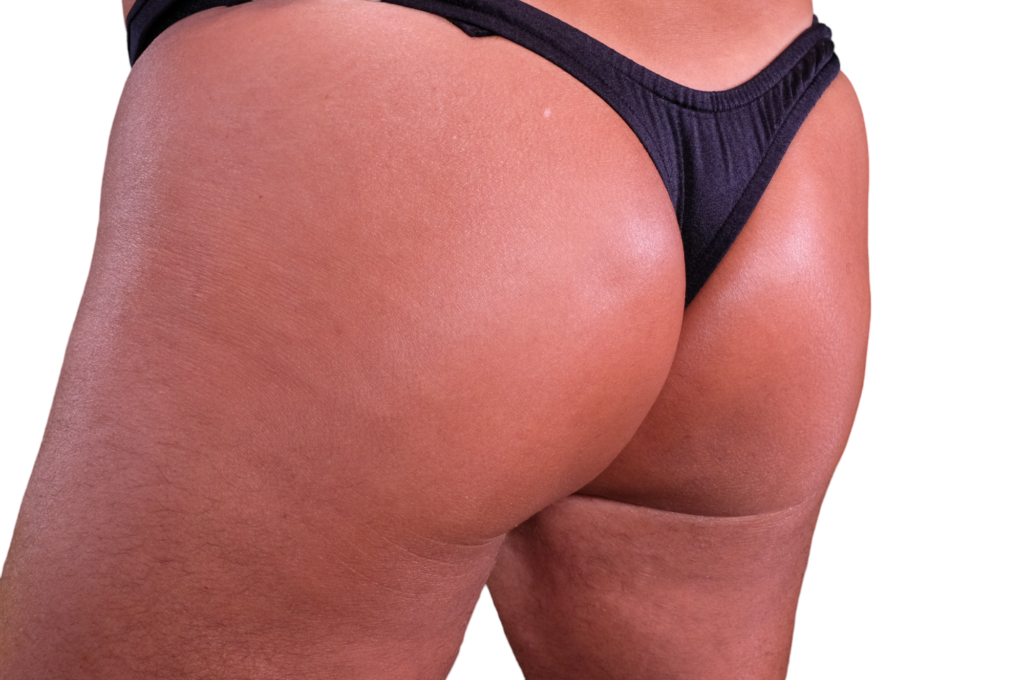Coming out as gay was a significant moment in my life, a declaration of my true self to the world. Yet, despite this monumental step, I found myself clinging to the same wardrobe choices that had defined my pre-coming out years. It wasn’t that I disliked my clothes; they simply didn’t reflect the new, authentic version of myself I was striving to embrace.

The first big change I decided to make was to get a gay swimsuit. The term itself was a bit nebulous to me at first—what exactly constituted a “gay swimsuit“? I took to Google for answers, and I was immediately greeted with a vibrant array of designs that starkly contrasted my usual surf shorts. There were bikinis, thongs, and other styles that seemed to celebrate freedom and boldness, far removed from the conventional swimwear I was accustomed to.
As I scrolled through the images, I realized that the idea of wearing a gay swimsuit appealed to me on a deeply personal level. It wasn’t just about fashion; it was about connection—feeling more aligned with my community and expressing myself in a way that felt truly authentic. Wearing a swimsuit style that resonated with other gay men made me feel seen and understood, a subtle but powerful affirmation of my identity.
Growing up, surf shorts were the default, the only acceptable choice for boys. But I never felt a genuine connection to them. If given the choice, I would have gravitated towards the bikinis my older sisters and their friends wore. Their swimsuits were colorful, stylish, and, most importantly, they felt right to me. In secret, I would sneak into their rooms and try them on, reveling in the brief moments when I could wear something that felt like a true expression of myself.
The discovery that gay swimsuit styles were not only a real thing but also came in an incredible variety was liberating. I felt a sense of happiness and excitement knowing that there was a whole world of swimwear options designed for men like me who wanted to break free from the constraints of traditional, baggy shorts. Choosing a gay swimsuit wasn’t just about looking good at the beach or pool; it was about reclaiming a part of my identity that had been stifled for too long.
Now, as I prepare to buy my first gay swimsuit, I feel a sense of anticipation and joy. This isn’t just a purchase; it’s a celebration of who I am and who I’ve always wanted to be. It’s a step towards embracing my true self, one stylish, colorful swimsuit at a time.
Standing in front of the mirror, I examined myself in the new swimsuit I had chosen. It was a sleek, vibrant bikini that hugged my body in all the right places. The colors were bright and bold, a stark contrast to the muted tones of my old surf shorts. For the first time, I felt truly comfortable and confident in my swimwear. This was me—unapologetically and authentically me.
The first outing in my new swimsuit was a beach day with friends. As I walked onto the sand, I felt a mix of excitement and nerves. Would people stare? Would they judge? But as soon as I saw my friends’ smiles and heard their supportive cheers, my worries melted away. They could see the change in me, the newfound confidence and happiness that radiated from within.
We spent the day swimming, sunbathing, and laughing together. I felt more connected to my friends and my community than ever before. Wearing my gay swimsuit was a small act of rebellion against societal norms, but it was also a powerful statement of self-acceptance and pride.
Throughout the day, I noticed others at the beach wearing similar swimsuits—bikinis, thongs, and other styles that challenged traditional notions of masculinity. It was inspiring to see so many people embracing their true selves and celebrating their identities. I felt a sense of solidarity and belonging, knowing that I was part of a larger movement towards acceptance and inclusivity.
As the sun began to set, we gathered around a bonfire, sharing stories and reflecting on our journeys. I opened up about my childhood, about sneaking into my sisters’ rooms to try on their swimsuits, and how liberating it felt to finally wear something that felt right. My friends listened with empathy and understanding, sharing their own experiences of self-discovery and acceptance.
In that moment, I realized that my journey was far from over. Embracing my true self was an ongoing process, one that required courage, vulnerability, and a willingness to break free from societal expectations. But I also knew that I wasn’t alone. I had a supportive community of friends who understood and accepted me for who I was.
Looking around at the faces illuminated by the flickering flames, I felt a profound sense of gratitude. Coming out as gay was just the beginning. Each step I took towards embracing my true self, from choosing a gay swimsuit to sharing my story, was a step towards a more authentic and fulfilling life.
As the fire crackled and the stars twinkled overhead, I made a promise to myself—to continue embracing my true self, to challenge societal norms, and to support others on their own journeys of self-discovery. Wearing my gay swimsuit was more than just a fashion choice; it was a symbol of my journey towards self-acceptance and pride. And I was ready to dive in, headfirst, into a future filled with authenticity, confidence, and joy.







